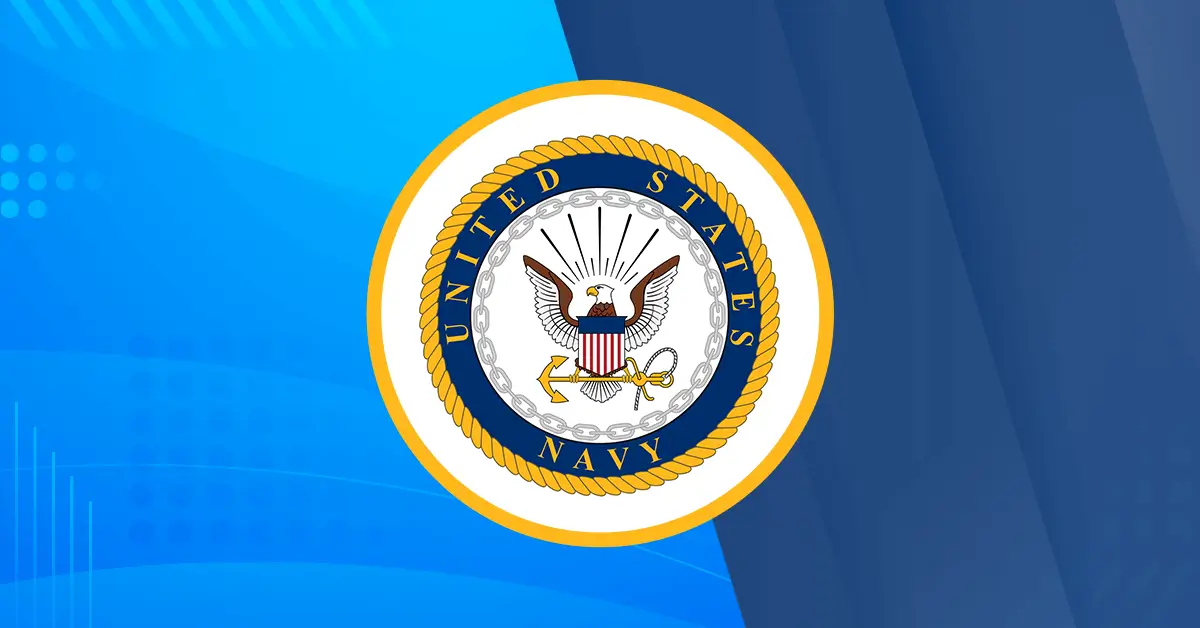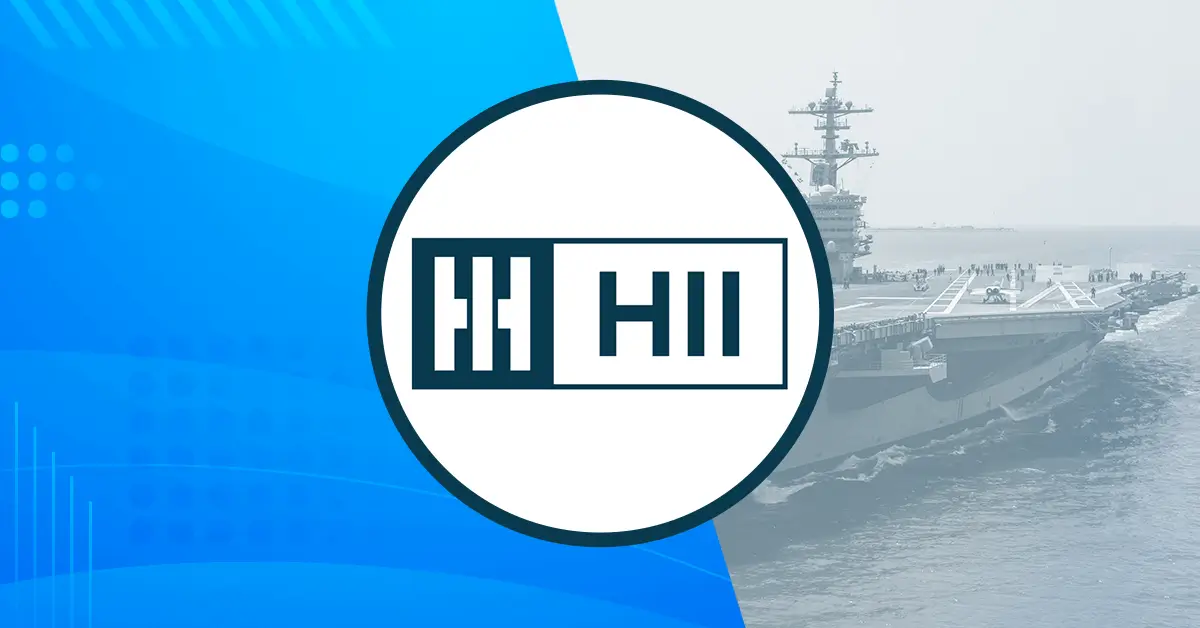U.S. Indo-Pacific Command is working on an information technology architecture that utilizes zero trust cybersecurity principles and is compatible with systems of other service branches and even international allies.
The INDOPACOM Mission Network will be handled by the Joint Mission Accelerator Directorate, an office stood up in mid-December, and replaces an overwhelming tangle of domain-specific networks, Federal News Network reported.
“I think there were approximately 57 of those domain-centric networks … we were fighting hard to defend them all and to some extent failing miserably,” said Paul Nicholson, executive director of coalition communications for INDOPACOM.

Nicholson will sit on a panel at the Potomac Officers Club’s Achieving Transformative Cooperation for National Defense Forum on March 14. Held at Falls Church, Virginia’s delectable 2941 Restaurant, the panel will discuss on-demand data-sharing in the DOD. Register here now — it’ll be a morning packed with networking opportunities and great insights.
The architecture came about when the White House directed all agencies and DOD components to introduce zero trust policies into their cybersecurity. Rather than update its many legacy systems, INDOPACOM saw this as the chance for a complete overhaul. Its new system will be “data-centric” and constructed in collaboration with the National Security Agency, other members of the intelligence community, the Defense Innovation Unit, the Chief Digital and Artificial Intelligence Office at the DOD and more.
In attempting to create a network conversant across the DOD and beyond, the move is in the spirit of the Combined Joint All-Domain Command and Control effort, which is concerned with establishing a unified, interconnected web of communications and interoperability amongst the U.S. military and its allies.
The INDAPACOM Mission Network will, indeed, stretch beyond the U.S. government and ideally be accessible by the networks of the Five Eye partners. The goal is, in line with zero trust, to require a certain clearance or passcode at every level of entry. Reportedly, very few other nations have come as far along as the U.S. with regard to cybersecurity measures, but there is increased interest.
“It is an extremely high demand across the INDOPACOM theater to bring the cybersecurity capacity of these nations to a place to where we are able to connect and have a trusted, operational network environment,” Nicholson commented. “The Five Eyes are our starting five, but after that, we have no bench. Beyond that, we have a lot of work to do.”
Hear Nicholson speak more about INDOPACOM’s strides toward an interoperable, modernized IT network at the Potomac Officers Club’s CJADC2-focused Achieving Transformative Cooperation for National Defense Forum on March 14. Register here; you’ll also hear keynotes from the Defense Threat Reduction Agency’s Dr. Rhys Williams and Department of Defense sustainment executive Steven Morani.








